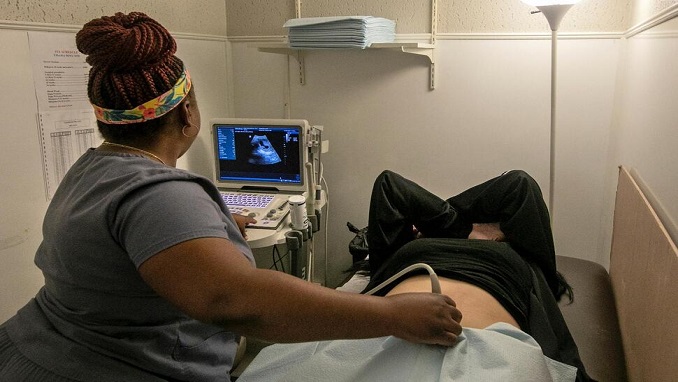
States that have quickly adopted abortion bans are among the least supportive in the nation for mothers and children.
After the Supreme Court overturned Roe v. Wade and eliminated the national constitutional right to an abortion, states swept in with their own abortion bans.
The decision to overturn Roe has made clear that women with the fewest reproductive rights also live in states that provide the least support for babies they are now forced to birth.
States that have banned abortion, or are expected to, have among the weakest social services for women and children, and the worst results in several categories of health and well-being, along with the highest rates of death for infants and mothers.
The 24 states that have banned abortion or are likely to ban it soon fare worse on a broad range of outcomes than states where abortion will probably remain legal, including child and maternal mortality, teenage birthrate, and the share of women and children who are uninsured.
States likely to ban abortion either have laws that predated Roe that banned abortion more than half a century ago, have recently passed stringent restrictions, or have legislatures that are actively considering new bans.
Most of these states have turned down the year-long Medicaid postpartum extension. Nine of the states declined the Affordable Care Act’s Medicaid expansion, which provides healthcare to the poor.
No states offer parents paid leave from work to take care of their babies.
Now, as the number of states where abortion is banned or severely restricted grows in the wake of the Supreme Court decision, so, too, is a harrowing reality that women with the fewest reproductive rights also live in states that provide the least amount of support for the babies they’re now forced to birth.
Anti-abortion states have now decided that women must be forced to birth children, and then offer neither the women nor babies support. These support systems are devastatingly behind in the United States versus other countries across the globe, especially wealthy nations.

Be the first to comment